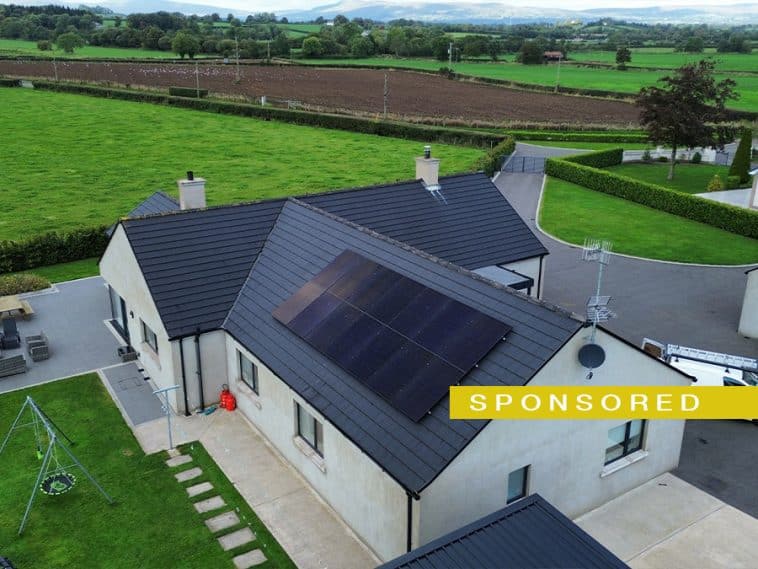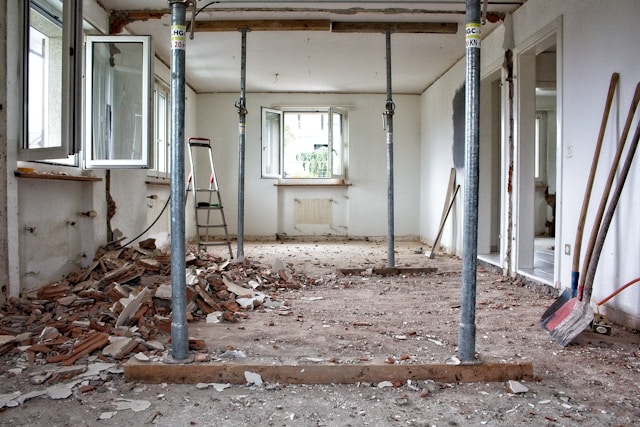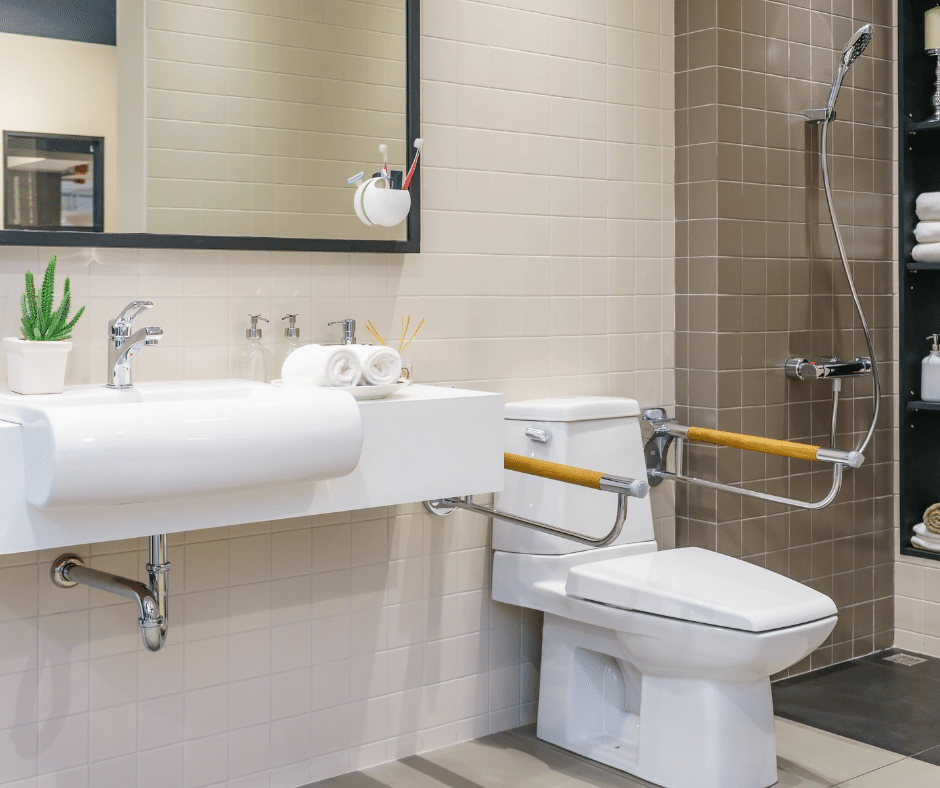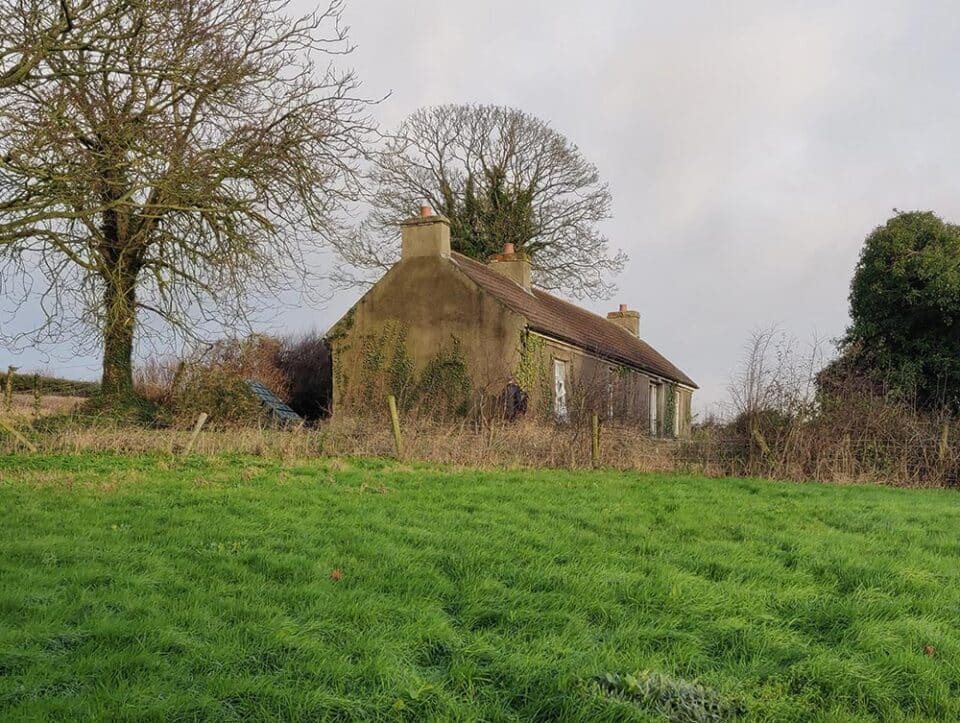- Ready to Build grant: where the 8 sites are located
- Ready to Build grant: where sites will become available
- What is the Ready to Build grant and how it works
- Number of grant applications received so far for the vacant properties grant
- Counties where approved Vacant Property Refurbishment Grant have been drawn down
- Counties where approved Vacant Property Refurbishment Grant have not yet been drawn down
- Issues with the vacant properties grant and how it works
- Details of further funding
The Ready to Build scheme has only offered eight sites to self-builders wishing to build their own home, according to a Department of Housing spokesperson, since it was launched as part of the Croí Cónaithe Towns Fund in September 2022.
Under the Ready to Build scheme (Serviced Sites for New Homes) local authorities directly sell sites to self-builders and subsidise the cost of buying the site by servicing it for free.
The maximum discount off the sale price is €30,000. The level of discount depends on the level of servicing cost incurred by the local authority, and the sale price includes the discount applied.
A serviced site is one that has all necessary infrastructure such as electricity, water and wastewater, to build a house. Under the scheme local authorities are selling serviced sites in rural towns and villages to people who want to move to a rural area. The site must be used to build a home to live in as a primary residence.
All eight serviced sites up for sale were in Co Laois, and the closing date to apply to buy them was the 5th of May 2023. Four serviced sites were available at Swan Road, Durrow, Co Laois priced €40,000 each and in the village of Ballyroan, Co Laois priced €30,000 each.
A Department of Housing spokesperson told Selfbuild a further 100 sites have been identified in 11 counties, falling short of the original target of making 2,000 sites available to self-builders by 2025.

The 100+ sites local authorities have identified are in Co Laois and in the following 10 other counties:
- Carlow
- Cork
- Fingal
- Kerry
- Kildare
- Mayo
- Meath
- Sligo
- Westmeath
- Wicklow
Under the scheme, local authorities are tasked with finding sites that meet the criteria. “It is a matter for the local authority to identify suitable sites that are either already in their ownership or that can be acquired and make them available for development by providing services and access to the sites concerned,” a spokesperson for the Department of Housing told Selfbuild.
Vacant property grant
The ROI government’s Vacant Property Refurbishment Grant has been criticised by Sinn Féin as being “not fit for purpose” following the release of the latest Vacant Property Refurbishment Grant Statistics that indicates just 21 grants have been drawn down during the 18 months since the launch of the grant.
The popular scheme received 4,640 applications since it opened in July 2022 with 1,975 approved by the end of September 2023. Yet only 21 grants have been drawn down so far by the following local authorities: Cavan, Clare, Fingal, Kerry, Kildare (4), Laois, Limerick (5), Longford, Louth, Mayo, Westmeath and Wexford (3).
There have been zero drawdowns on approved applications in: Carlow, Cork City, Cork County, Donegal County, Dublin City, Dún Laoghaire-Rathdown, Galway City, Galway County, Kilkenny, Leitrim, Meath, Monaghan, Offaly, Roscommon, Sligo, South Dublin County, Tipperary, Waterford and Wicklow.
In response to the report’s findings a spokesperson from the Department of Housing told Selfbuild: “Based on current data, refurbishment works are being completed in 12 months. The grant was launched in July 2022 for towns and villages of a certain size. The grant was then extended in November 2022 to cover all areas of the country and in keeping with the 12-month timeframe grants are now starting to be paid out by local authorities.”
“Due to the success of the Vacant Property Refurbishment Grant to date, and the number of applications received, the Cabinet agreed this week to double the number of homes assisted under the scheme – raising the target to 4,000 homes to be delivered by 2025.”
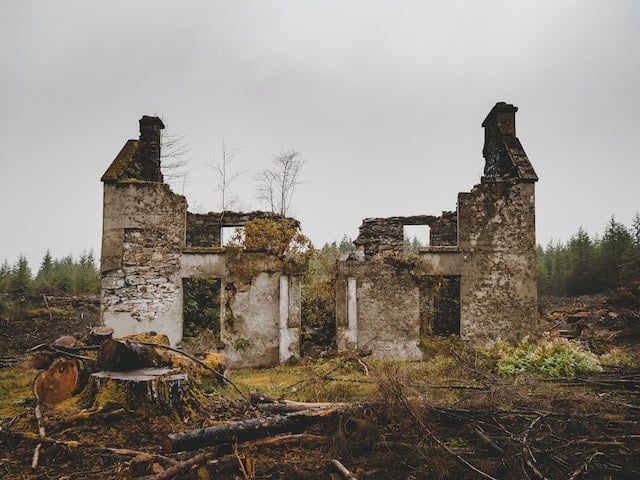
Approved grant applicant still waiting for payment
He cited four main issues that have exacerbated the low drawdown rate:
- How to deal with the Clawback agreement: Delays caused by the Department of Housing not finalising the necessary arrangements with the banks providing the mortgages.
- Grant disbursement timing: Grants are disbursed after completion, making it difficult for approved individuals without immediate financial resources to access loan finance for renovation work.
- Lack of payment scheme agreement: Certain local authorities have yet to establish a payment plan for grant disbursement, adding to delays.
- Staffing: Many local authorities lack adequate personnel to efficiently handle grant disbursement and related administrative tasks.
During Leaders Questions Sinn Féin’s Pearse Doherty said many applicants “simply do not have the money or do not have the cash upfront to be able to pay for the works.”
Responding to Mr Doherty, Finance Minister Michael McGrath said the scheme itself is popular, citing the 4,640 applications that have come in since it opened last year.
“Of course, the minister [for housing] will be open to any opportunities to improve the operation of the scheme,” Mr McGrath said
“This is a new scheme and it is definitely proving popular and many people are looking to it as a means of bringing a vacant home back into use or indeed of tackling dereliction.”
“The minister [for housing] will be engaging with the local authorities and indeed with applicants to get the feedback and to make sure that any issues that have arisen in terms of the operation of the scheme are being addressed over the period ahead.”
Minister McGrath said the scheme had already been approved, with changes to the vacancy and dereliction eligibility date as well as increasing the funding that can be drawn down.
A grant of up to €50,000, or €70,000 if derelict, is available for the refurbishment of vacant properties for occupation as a principal private residence or to be made available for rent.
According to a Department of Housing spokesperson the grant process involves the local authority receiving, reviewing and validating applications and arranging for a qualified person to visit the property to check that it is possible to do the work and to assess the proposed cost.
Following confirmation of a successful application and the works being completed, the local authority conducts a final property visit to review that the work has been completed in line with the grant application. Once the local authority is satisfied, it will then pay the grant.
Additional reporting by Astrid Madsen




